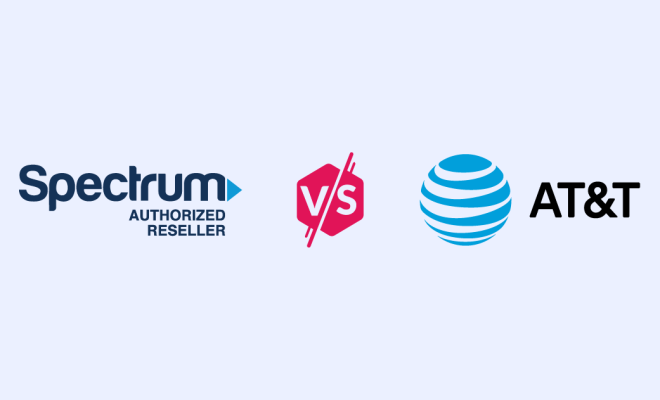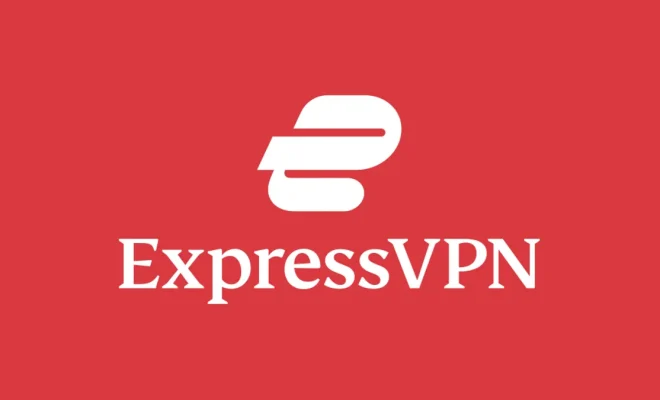AT&T vs. Spectrum: Which Is Best for Your Home’s Broadband Connection?

Introduction
Choosing the right broadband provider for your home can be a daunting task. With multiple options available, it’s crucial to analyze the advantages and disadvantages of each to determine which one is best suited for your needs. This article will focus on comparing two of the most popular broadband providers in the United States – AT&T and Spectrum. We’ll evaluate both on various aspects, including speed, reliability, cost, and customer support.
Speed and Performance
AT&T offers broadband services through its DSL connection named ‘Internet Basic’ and fiber optic connection called ‘Fiber.’ The DSL option provides speeds starting from 768 Kbps to 100 Mbps depending on location, while Fiber can offer up to 940 Mbps in select areas.
On the other hand, Spectrum offers high-speed cable broadband service that ranges from 100 Mbps to 940 Mbps based on selected plans.
In terms of speed, Spectrum may have an edge over AT&T’s DSL offering. However, if you have access to AT&T Fiber, it competes neck-and-neck with Spectrum’s high-speed plans.
Reliability
Broadband reliability is crucial when choosing a provider, as constant connectivity has become essential to our lives. Fiber connections are considered more stable than cable or DSL connections due to lesser interference from external factors.
Since AT&T offers fiber optic connections (in select areas), its reliability may rank higher than Spectrum’s cable option. However, both companies invest in network improvements and work consistently towards delivering uninterrupted services.
Cost and Bundling Options
Affordability is another factor that plays a crucial role when deciding between broadband providers. Both AT&T and Spectrum offer competitive pricing with various bundles:
AT&T offers standalone internet service at $45 per month for its Internet Basic plan (DSL) and $60 per month for Fiber plan (with 12-month agreement). Meanwhile, Spectrum provides standalone broadband service at $49.99 per month for its basic 100 Mbps plan and $109.99 per month for its 940 Mbps plan (pricing accurate during the first year).
Both providers present bundled offers with TV and phone services, which could help save costs if multiple services are needed.
Customer Support
No broadband comparison is complete without evaluating the customer support quality provided by each company. AT&T and Spectrum have mixed reviews when it comes to customer satisfaction.
Both companies have made strides in recent years to improve their customer service experience, but there can still be room for improvement. As customer service standards may vary based on location and specific circumstances, it’s best to inquire about the support experiences of friends, family, or neighbors who have used these providers in your area for accurate feedback.
Conclusion
Ultimately, selecting between AT&T and Spectrum boils down to personal preferences and specific requirements. If speed is your top priority and AT&T Fiber is available in your area, they could be the better option. For those with limited access to fiber, Spectrum’s high-speed cable plans hold an advantage over AT&T’s DSL offerings.
Weigh your requirements in terms of speed, reliability, cost, and customer service before making a decision. Also, remember that promotional offerings change frequently; keep an eye out for attractive deals while considering your options.





